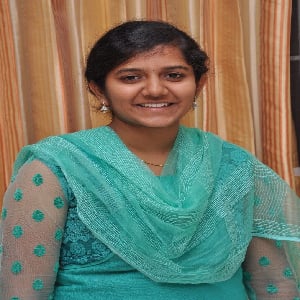
Hoysala Temples of Karnataka in UNESCO Heritage List!!?
This time india has nominated Hoysala temples showing the architecture and culture of karnataka for the UNESCO World heritage List.

The sacred monuments of the Hoysalas have been on the UNESCO potential list since april 15, 2014. The testimony of the rich historical, architectural and cultural heritage of india is seen in these temples. Know their speciality.
1. Gives testimony to the rich heritage of the past
The Hoysala dynasty considered the patrons of art and literature, built these temples in the 12th-13th centuries. These are shown as three components of Belur, Halebid and Somnathpur.
Halebidu is an important temple town, about 200 km from Bangalore, Karnataka. Halebidu in the kannada language means ancient camp. There is also a big reservoir near the temple. For this reason, it is also called 'Dwarsamudra'. These temples reveal the rich heritage of the past.
2. Mixture of Dravidian and Nagara Art Styles
The Hoysala architectural style is an architectural style developed under the patronage of the Hoysala Empire between the 11th and 14th centuries.
The Hoysala dynasty had done many constructions works from karnataka to tamil Nadu near the kaveri river during their long reign. The architectural style of the Hoysala temples is very unique.
It reflects the creativity of the Dravidian style and the design of the Nagara style.
"Hoysala's sacred monuments are on the tentative list of UNESCO from april 15, 2014," he said.
4. Temples made of rock-cut rocks
The biggest feature of these temples is that these temples are made of rock-cut rocks. These rocks are considered relatively soft. Another feature of the architecture of these temples is that their base is like a square temple.
These temples extend through angles and are built in a star-like structure.
5. Jewellery of deities adorned the walls of the temple
The speciality of this temple is that the ornaments of the deities are decorated on its walls. These temples are dedicated to different deities like Vishnu, Shiva, Narasimha.

